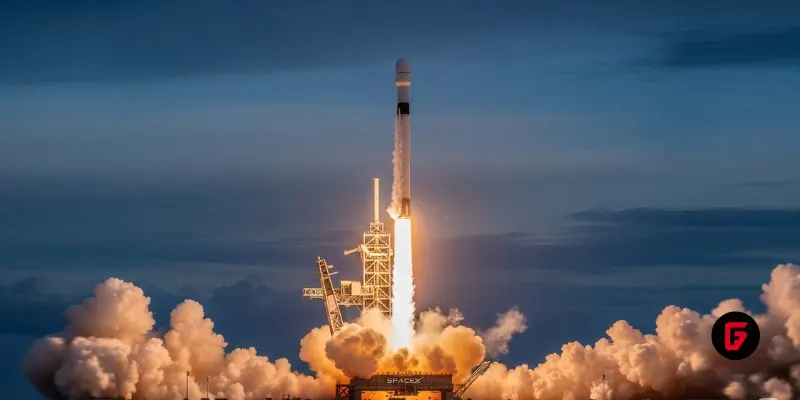The SpaceX Falcon 9 Mission: More Than Just Another Launch
On the morning of August 1, 2025, clouds parted just long enough above Florida’s Space Coast for a roaring Falcon 9 to “thread the clouds” and send four astronauts into orbit. This was not just routine: it was the Crew-11 mission, SpaceX’s sixth operational flight ferrying humans to the International Space Station (ISS). Aboard the Crew Dragon Endeavour were NASA astronauts Zena Cardman and Mike Fincke, JAXA (Japan) astronaut Kimiya Yui, and Roscosmos (Russia) cosmonaut Oleg Platonov—a truly international crew.
SpaceX’s reusable rocket landed successfully just minutes after launch at Cape Canaveral Space Force Station, showcasing the prowess of American private enterprise in space. What makes Crew-11 a watershed moment isn’t just the repeat precision or technological muscle—it’s the profound geopolitical and commercial implications this mission carries.
Why Does NASA Rely So Heavily on SpaceX for ISS Missions?
The short answer: there are currently no practical alternatives. Following the end of the Space Shuttle program in 2011, America’s access to space depended on Russian Soyuz capsules—a costly and sometimes politically fraught arrangement. NASA’s ambitious bet to nurture commercial U.S. providers has produced only one consistent performer—SpaceX. Boeing’s Starliner, intended as a backup, has grappled with setbacks and is still not operational, while Northrop Grumman and Sierra Space remain suppliers mainly for cargo and have not yet achieved routine crew transport services.
The result? SpaceX is not just the first, but the lone American spacecraft provider connecting NASA, international partners, and the ISS. This situation was highlighted dramatically just months ago when Elon Musk threatened (and then rescinded) the potential decommissioning of Crew Dragon amid public feuds—with NASA left with only the Russian Soyuz as a fallback.
What Are the Geopolitical Stakes of ISS Missions Today?
SpaceX’s Falcon 9 doesn’t just launch payloads; it launches international relationships. As Russia’s intentions to withdraw from the ISS partnership intensify due to broader geopolitical tensions—including the Ukraine conflict—the U.S. has doubled down on commercial partnerships and alliances. The Crew-11 mission—jointly crewed by U.S., Japanese, and Russian astronauts—proves that the ISS persists as a platform for global cooperation, but it’s no longer insulated from terrestrial politics.
SpaceX’s dominance in ISS operations enhances American influence in space. The ability to send international crews and critical cargo quickly, affordably, and independently has diminished U.S. reliance on Russian/Chinese alternatives, while yielding a clear “public-private flywheel” for further space economy ventures. Moreover, NASA’s commercial crew model and the Artemis Accords are ushering new coalitions of nations into space exploration, with the ISS expected to host private astronauts, researchers, and even tourists by 2030.
The Commercial Space Age and the Next Chapter
With reusable rockets slashing crewed mission costs by up to 40%, NASA is reallocating billions to deep-space programs—including a return to the Moon—while private companies seize trillion-dollar opportunities in launch systems, satellite services, and in-space manufacturing. SpaceX’s achievements are powering not just American ambitions but serving international partners who, amid launcher delays in Europe and growing uncertainty with Russia, increasingly depend on Elon Musk’s breakthrough company.
As the Crew-11 astronauts settle into the ISS and start their months of research, one thing is clear: the SpaceX Falcon 9 is now the backbone of human space access for NASA and its allies, and every mission marks a deeper era of commercial and global transformation in orbit.














